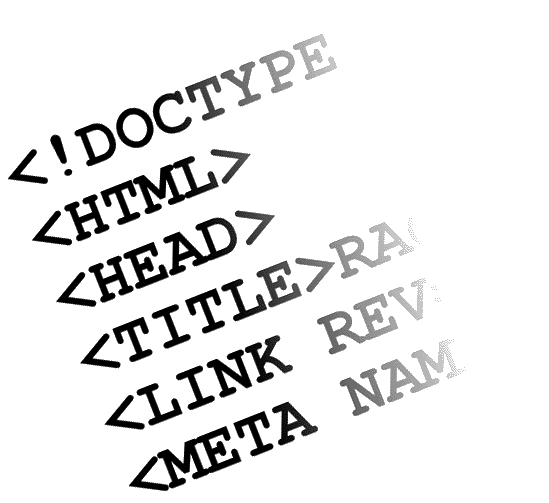
In computer science and information theory, data compression or source coding is the process of encoding information using fewer bits (or other information-bearing units) than an unencoded representation would use, through use of specific encoding schemes. Compression is useful because it helps reduce the consumption of expensive resources, such as hard disk space or transmission bandwidth.

The sole purpose of an Internet hard drive is to offer a means of accessing your computer files (pictures, documents, music, videos, etc.) from any computer, as long as that computer has access to the Internet. Similar to depositing money into your bank account, and later withdrawing that same money from any ATM machine, an Internet hard drive will allow you to "deposit" your computer files into a remote hard drive, and then later access those very same files from any other computer.

Solid-state storage is a nonvolatile, removable storage medium that employs integrated circuits (ICs) rather than magnetic or optical media. It is the equivalent of large-capacity, nonvolatile memory. Examples include flash memory Universal Serial Bus (USB) devices and various proprietary removable packages intended to replace external hard drives.












